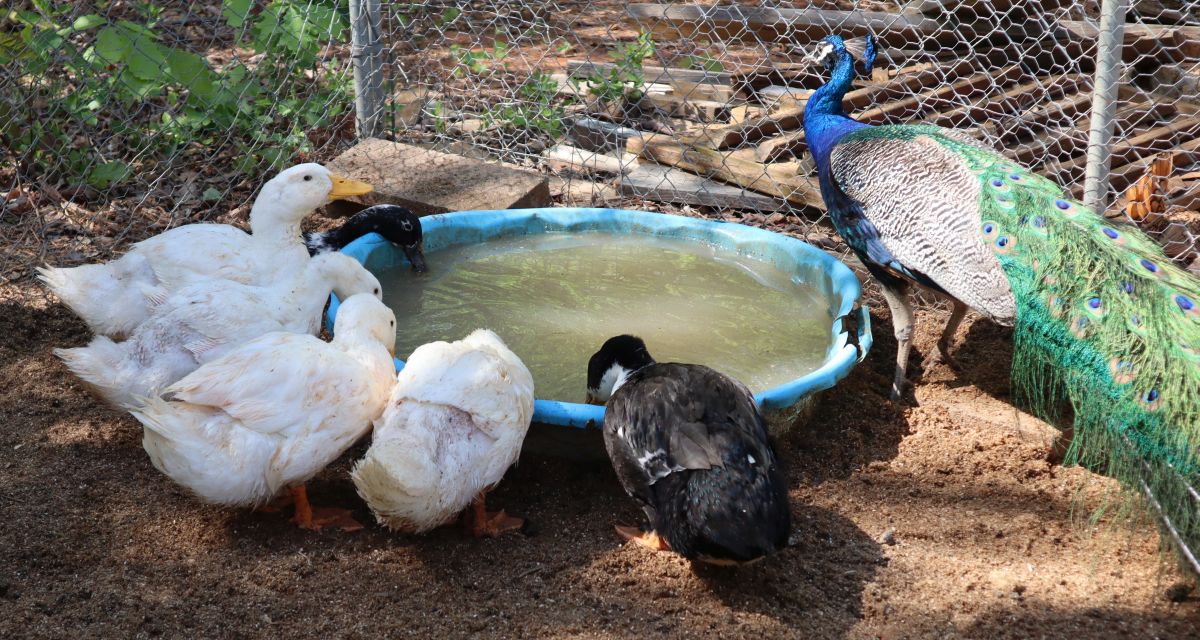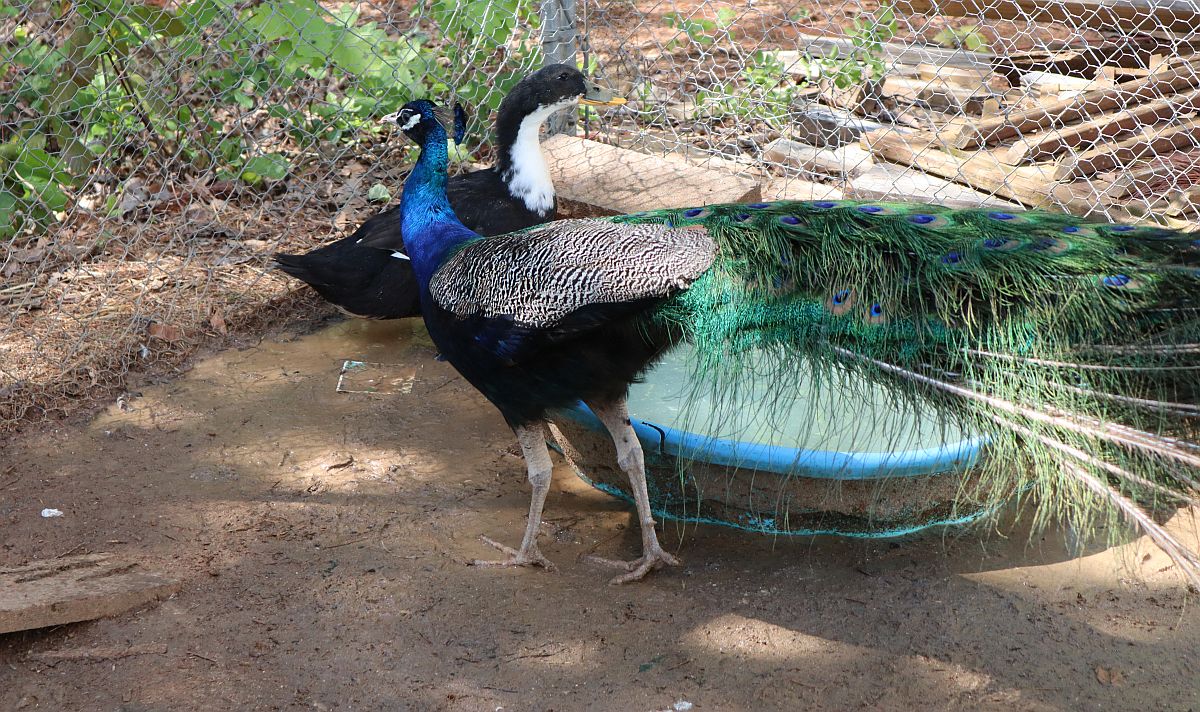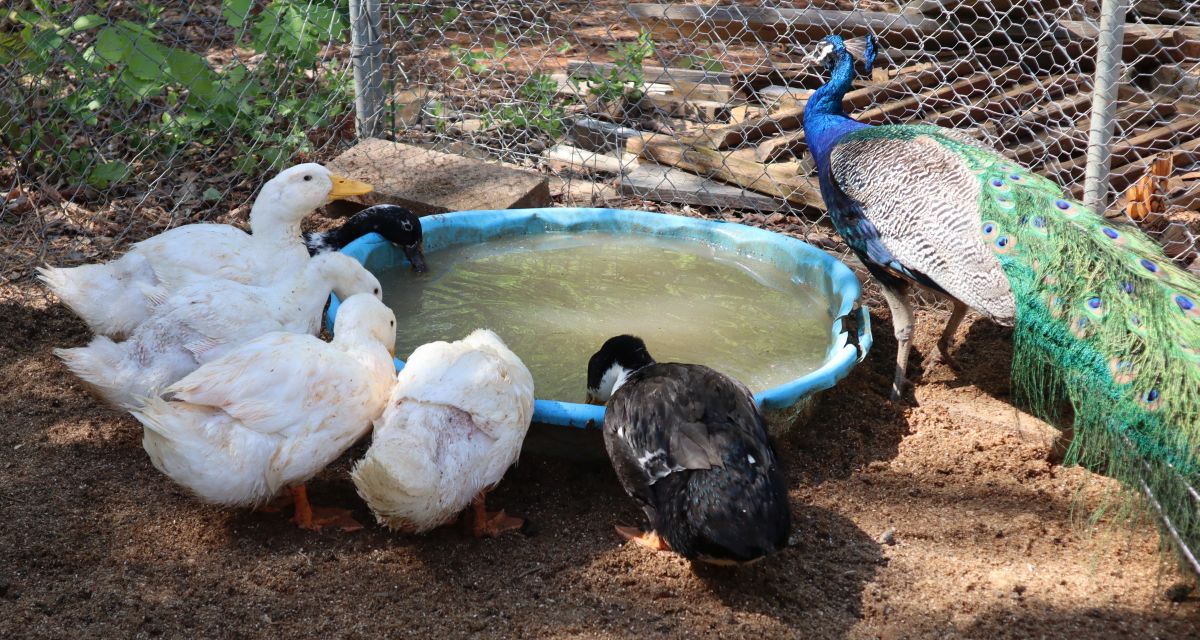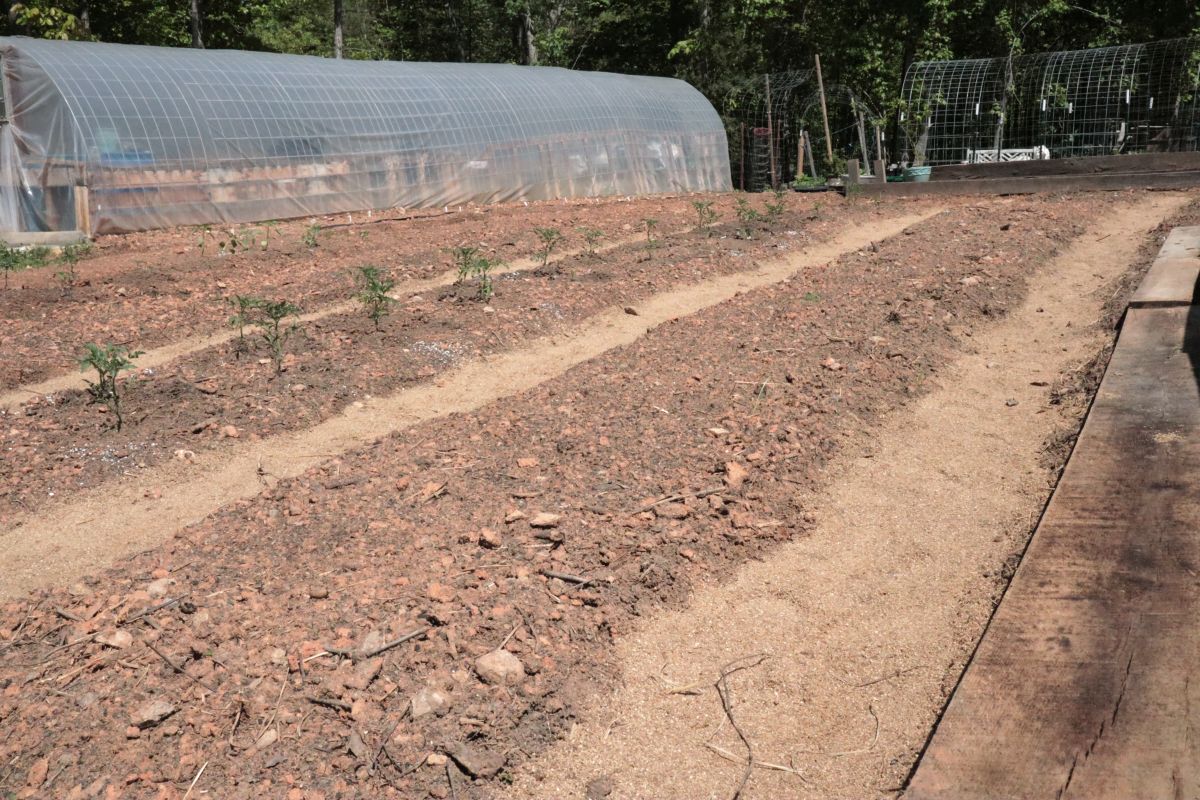
Your Secret Weapon on The Homestead
While sawdust is generally thought of as a waste product of woodworking, it has many wonderful uses around the homestead that are generally overlooked. Let’s explore some of the different ways we use sawdust around our farm and hopefully you can apply many of the same methods to your operation as well. If we missed anything here, we’d love to hear how you use sawdust around your farm or homestead.
Mulching with Sawdust
Sawdust acts as a wonderful mulch in the garden or around fruit trees by controlling weeds and retaining moisture. This will reduce the need for manually removing weeds or applying herbicides, which is a much more environmentally friendly option. It also acts as a way to regulate soil temperature to benefit your plants growth.
When applying sawdust as a mulch be aware you should avoid mixing it into the soil as it may deplete the nitrogen from the soil, so keep it on top and it will break down wonderfully over time improving your soil health.
Animal Bedding
We love to use sawdust in our aviaries and dog kennels. This makes it much easier to see and clean up the dog’s waste. As for the poultry manure, it is broken down much quicker due to the high amount of carbon which will allow you to apply to your garden sooner without burning your plants. We’ve also had customers use it for their horse stalls as well.

Before

After Applying Sawdust
Composting
For those familiar with composting, you need two ingredients. There are your greens (high in nitrogen) and you have your browns (high in carbon). If you have an abundance of nitrogen rich materials in your compost pile you will need to counteract that with carbon. Sawdust is an excellent carbon source to accelerate the decomposition process.
Composting is half art and half science so you need to be sure you’re getting the right ratio of greens to browns for the best results. This is something that requires some experience but most people catch on fairly quickly once they’ve got the basic principle down.
Nasty Messes
As a farmer or homesteader you will encounter your share of terrible messes. Sometimes it’s things you just can’t unsee. Use your imagination here but anything from spilled paint to whatever kind of wet nasty smelly mess you can think of, sawdust has come in handy quite often. It’s great for soaking up excess moisture and can then be easily swept up and disposed of.
Traction on Walking Paths
If you have walking paths that tend to get muddy and difficult to walk on, sawdust acts as a wonderful way to increase traction for your feet, wheelbarrows, or machines. It soaks up the excess moisture and begins improving the soil underneath.

Heating
While we have not used sawdust as a method for heating on our farm there has been many who have successfully done it. The pellets used in wood pellet stoves are essentially compressed sawdust, so for those of us who are crafty enough it could be a viable option for heating a farm structure. Here’s a video I recently saw where some farmers used a metal barrel to construct a sawdust heater and it looks to be quite effective. This is a much cheaper option than firewood!
Growing Mushrooms
Sawdust is a great food source for wood loving mushrooms. To begin you will need some sawdust, mushroom grow bags, a nitrogen source like oat bran or wheat bran, and a pressure cooker or sterilizer. You place your bags full of substrate and pressurize at 15 psi for 2 hours.
Once you have sterilized your mushroom substrate you’re ready for inoculation. To inoculate your sawdust blocks you need what’s called a laminar flow hood or you are likely to contaminate. This is the highest cost of entry because even to make one you are looking at many hundreds of dollars. The laminar flow hood allows for a perfectly clean air environment so you don’t contaminate your freshly sterilized substrate.
To successfully inoculate your substrate you must allow the mycelium (basically the root structure of fungi) to colonize until it begins to show small mushrooms forming. Then you no longer have to worry about contamination as your substrate is fully colonized and there is no room for contaminates to take foot. Cut open the sides of the bag and provide the proper humidity and temperature environment and you will start getting beautiful mushrooms for you and your family to eat.
Obviously this is a very quick run down of the process, but there is a ton of information on the subject online if you are so inclined to learn.
Watch for Sawdust Made from Treated Wood
All of our sawdust we provide is sourced from places that do not use chemicals or toxins. They are generally made from either Poplar or Oak trees. So if you source your own sawdust, it’s imperative you avoid toxic chemicals around the farm as you may hurt your soil, plants, animals, etc.
Contact us Today for A HUGE Load of Sawdust!
We can give you the best deal around on bulk sawdust guaranteed, delivered right to you! Depending on your location in Central Virginia, our rates start at $200 for 15 cubic yards of sawdust. That’s giant pile over 400 cubic feet for your farm.
To be prepared you should have a good place to keep it dry and out of the elements, such as a barn or under a large tarp while you come up with new ways to use it.
Contact us through our contact form, email us directly at yeehaulin@gmail.com, or call us today at 434-363-7770.